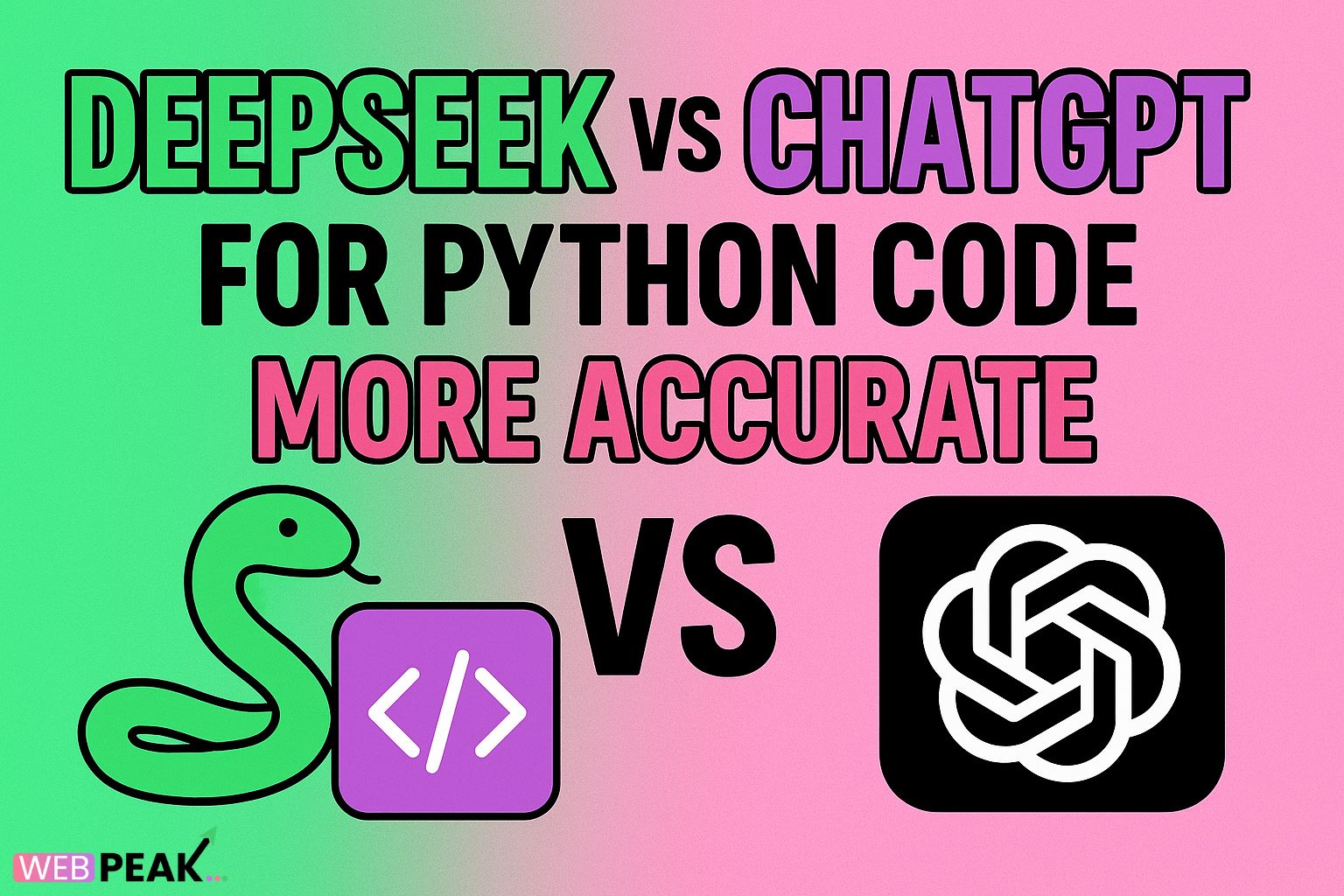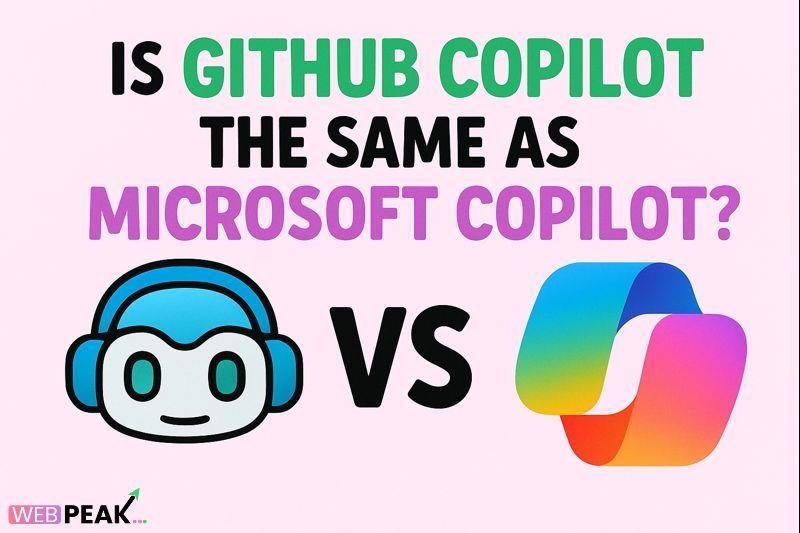Web Security Practices for Developers 2025
As the digital landscape evolves, so do the threats that target websites, applications, and user data. Developers must stay vigilant and adopt modern web security practices to safeguard online platforms from increasingly sophisticated cyberattacks. In 2025, web security has become a cornerstone of responsible web development. This article explores the most critical Web Security Practices for Developers in 2025, offering practical, up-to-date, and actionable insights to help you build secure, compliant, and resilient digital experiences.
Why Web Security Is More Important Than Ever in 2025
With the rise of AI-driven cyber threats, supply chain vulnerabilities, and cloud misconfigurations, web developers face new challenges. Data breaches are not only costly but can also damage reputations and lead to legal repercussions under global privacy laws such as GDPR, CCPA, and newer data protection frameworks emerging worldwide. In 2025, ensuring strong web security is not optional—it’s an essential part of software development lifecycle (SDLC).
Top Web Security Practices for Developers in 2025
1. Implement HTTPS Everywhere
Using HTTPS is the foundation of secure web communication. By encrypting data in transit with SSL/TLS, you protect user information from interception and manipulation. In 2025, browsers and search engines continue to penalize non-HTTPS websites, making SSL not just a security feature but also an SEO ranking factor.
- Always install a valid SSL/TLS certificate from a trusted certificate authority.
- Redirect all HTTP traffic to HTTPS using 301 redirects.
- Regularly update and renew certificates to prevent expiration-based errors.
2. Adopt Secure Authentication and Authorization
Authentication is one of the most targeted components in web systems. Developers should implement multi-layered authentication strategies to prevent credential stuffing, brute-force attacks, and session hijacking.
- Use Multi-Factor Authentication (MFA) to enhance login security.
- Apply strong password policies and consider passwordless authentication using FIDO2 or biometrics.
- Secure tokens and sessions with short expiration times and rotating tokens.
- Follow the Principle of Least Privilege (PoLP) when granting user permissions.
3. Protect Against SQL Injection and XSS
SQL Injection (SQLi) and Cross-Site Scripting (XSS) remain among the most common vulnerabilities in 2025. These attacks exploit poorly sanitized user input to execute malicious commands or scripts.
- Use parameterized queries or prepared statements to prevent SQL injection.
- Implement input validation and output encoding for all user data.
- Employ Content Security Policy (CSP) headers to block unauthorized scripts.
- Sanitize HTML and JavaScript inputs before rendering them in browsers.
4. Keep Software and Dependencies Updated
Vulnerable third-party libraries and frameworks are a significant attack vector. Automated dependency scanning tools can help identify and patch vulnerabilities before they’re exploited.
- Regularly update frameworks, CMS platforms, and plugins.
- Use tools like
npm auditorpip-auditto detect insecure dependencies. - Monitor CVE databases for known vulnerabilities in your tech stack.
5. Use Secure Coding Standards
Developers should follow established secure coding guidelines such as OWASP Top 10, SANS CWE Top 25, and ISO/IEC 27034 standards. These frameworks outline common risks and mitigation techniques that evolve yearly with new threats.
- Perform regular code reviews focusing on security issues.
- Integrate static application security testing (SAST) tools into CI/CD pipelines.
- Conduct regular penetration testing to find hidden vulnerabilities.
6. Secure APIs and Microservices
As microservices and API-driven architectures dominate 2025 web development, securing APIs has become a top priority. Poorly configured APIs can expose sensitive data or backend logic to attackers.
- Use API gateways for authentication, rate limiting, and request validation.
- Implement OAuth 2.1 and OpenID Connect for secure authorization flows.
- Validate all incoming data and sanitize outputs.
- Apply versioning and deprecate outdated API endpoints responsibly.
7. Enforce Content Security Policies (CSP)
A well-configured CSP helps protect against cross-site scripting and data injection attacks. It acts as a browser-level defense by defining which resources can be loaded on a webpage.
- Restrict inline scripts and unsafe code execution.
- Define trusted domains for images, scripts, and styles.
- Regularly audit your CSP headers for unnecessary permissions.
8. Secure Cookies and Sessions
Session hijacking and cookie theft are common attack methods. Developers should implement secure cookie practices to maintain session integrity.
- Use the
HttpOnlyandSecureflags on all cookies. - Store minimal data in cookies and avoid sensitive information.
- Use server-side session storage for high-security environments.
9. Implement Web Application Firewalls (WAF)
A Web Application Firewall filters and monitors traffic to block malicious requests before they reach your application. In 2025, AI-powered WAFs can automatically adapt to emerging threats.
- Deploy a cloud-based or on-premise WAF to detect anomalies.
- Integrate with your CI/CD pipeline for automated policy updates.
- Regularly review firewall logs for suspicious activity.
10. Use Security Headers
HTTP security headers are an easy yet powerful way to improve web application security. These headers control browser behavior and reduce exposure to attacks.
- Strict-Transport-Security (HSTS): Forces HTTPS connections.
- X-Frame-Options: Prevents clickjacking attacks.
- X-Content-Type-Options: Stops MIME type sniffing.
- Referrer-Policy: Controls how much referrer information is shared.
11. Conduct Regular Security Audits and Penetration Tests
Security is not a one-time task. Regular testing ensures that new vulnerabilities don’t slip through as your application evolves. Automated vulnerability scanning and third-party audits can identify and patch weaknesses early.
- Schedule quarterly penetration tests using reputable security experts.
- Use automated vulnerability scanners for ongoing monitoring.
- Establish a bug bounty program to reward ethical hackers for responsible disclosure.
12. Ensure Secure DevOps (DevSecOps)
Integrating security into the DevOps lifecycle—known as DevSecOps—ensures continuous protection throughout development, testing, and deployment.
- Integrate automated security tools into CI/CD pipelines.
- Use Infrastructure as Code (IaC) scanning tools to detect misconfigurations.
- Train development teams on secure coding best practices.
13. Protect Against Supply Chain Attacks
With increasing reliance on open-source software, supply chain attacks are becoming more common. Attackers compromise legitimate libraries or repositories to distribute malicious code.
- Verify the integrity and authenticity of third-party packages.
- Use signed packages and maintain a Software Bill of Materials (SBOM).
- Regularly audit your dependencies for unexpected updates or tampering.
14. Backup and Disaster Recovery Planning
Even with strong defenses, breaches can still occur. A well-structured backup and recovery plan ensures business continuity and minimizes data loss.
- Automate regular backups of databases and critical files.
- Encrypt backup data at rest and in transit.
- Test restoration processes periodically to ensure reliability.
SEO Checklist for Secure Web Development
Security and SEO go hand-in-hand. Search engines prioritize secure websites that provide users with trustworthy experiences. Follow this SEO checklist to combine strong security with optimal visibility:
- Use HTTPS with valid SSL certificates.
- Minimize page load times by implementing secure caching and CDN configurations.
- Fix mixed content issues caused by insecure scripts or assets.
- Protect structured data and schema from injection vulnerabilities.
- Ensure your site is mobile-friendly and follows secure responsive design principles.
- Keep all plugins, frameworks, and CMS systems updated for better crawlability and performance.
Emerging Web Security Trends in 2025
Looking ahead, web security will increasingly leverage AI, blockchain, and zero-trust architectures. Machine learning models are being used to detect anomalies in real time, while blockchain offers verifiable integrity for sensitive transactions. Additionally, zero-trust principles—“never trust, always verify”—are becoming the norm for internal and external systems.
Organizations are also investing in quantum-resistant encryption methods as quantum computing nears practical implementation, posing a threat to traditional cryptography. Developers should begin preparing for this shift by exploring post-quantum encryption libraries.
Partnering for Web Security and Growth
Maintaining top-tier web security can be challenging for developers and businesses alike. Partnering with a trusted digital agency like WEBPEAK ensures your website remains secure, optimized, and compliant with the latest standards. WEBPEAK is a full-service digital marketing company offering Web Development, Digital Marketing, and SEO services designed to help businesses thrive in the modern web ecosystem.
Frequently Asked Questions (FAQ)
1. What are the most critical web security practices for developers in 2025?
The most crucial practices include enforcing HTTPS, using multi-factor authentication, updating dependencies, securing APIs, and performing regular penetration tests. Developers should also follow OWASP Top 10 recommendations and adopt DevSecOps workflows.
2. How does web security affect SEO performance?
Web security directly impacts SEO. Search engines favor secure sites, while unencrypted (HTTP) or compromised websites can lose rankings and user trust. HTTPS, fast load times, and secure coding all contribute to better SEO performance.
3. What tools can developers use for web security testing?
Common tools include OWASP ZAP, Burp Suite, Nessus, Nikto, and Snyk for vulnerability scanning. Static and dynamic analysis tools can also detect issues early in the development process.
4. What is the role of DevSecOps in modern web security?
DevSecOps integrates security into the software development lifecycle, ensuring security checks occur continuously rather than after deployment. It promotes collaboration among development, operations, and security teams.
5. How can developers prevent supply chain attacks?
To prevent supply chain attacks, developers should verify software signatures, use trusted repositories, maintain a Software Bill of Materials (SBOM), and monitor dependencies for vulnerabilities or suspicious updates.
6. What are the top emerging threats to web security in 2025?
AI-driven phishing attacks, zero-day exploits, and supply chain attacks are among the top emerging threats. Quantum computing also poses future risks to current cryptographic systems, making post-quantum security an important area of focus.
Conclusion
In 2025, Web Security Practices for Developers are more advanced and essential than ever. By integrating strong security measures—from encryption and authentication to DevSecOps and post-quantum preparedness—developers can safeguard their applications, protect user trust, and maintain compliance. Continuous education, proactive defense, and collaboration with security experts are the best ways to stay ahead of evolving cyber threats.





